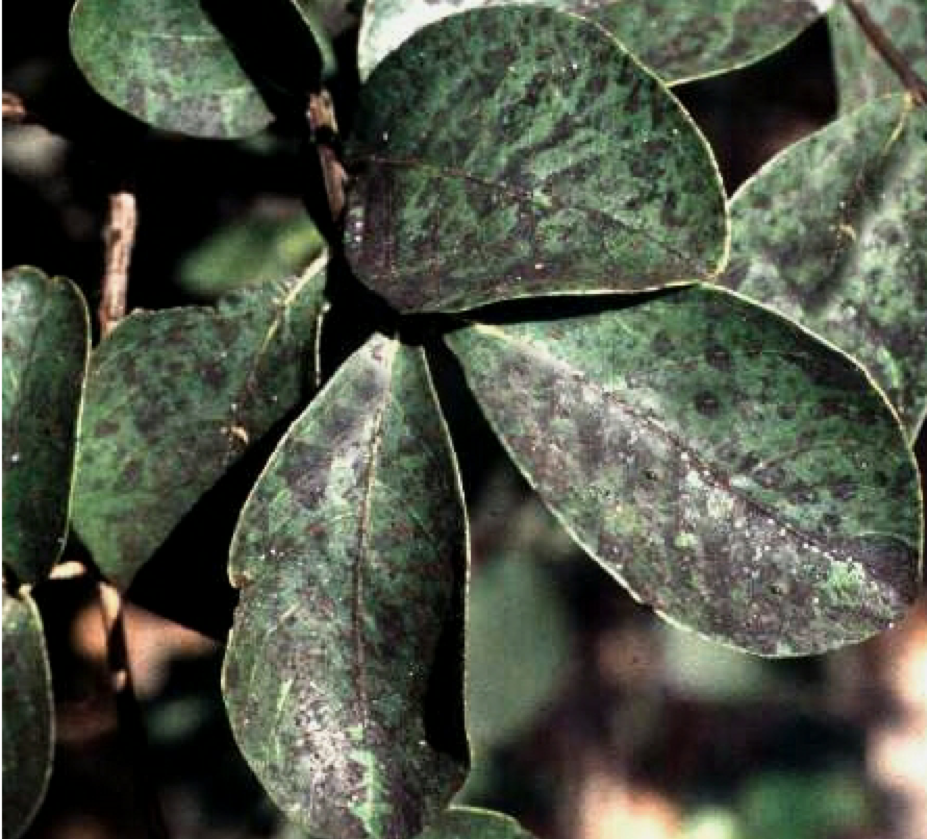
It is probably a harmless saprophytic fungus, an organism that feeds on organic matter to help break it down. White Molds - The other mold commonly found in homes, white mold is typically found growing on the soil of your plants or on porous, paper, pulp or wood-based surfaces. Green Molds - One of the most commonly found molds within homes, green mold is usually found growing on foods such as citrus fruits and bread. But be aware different species of molds can grow as the same color Toxigenic: this type is what is known as “toxic mold” and can lead to dangerous or even deadly health conditions in anyone regardless of their health.įor simplicity’s sake, the common types of molds are classified by their color.Pathogenic: this type may cause infections or other health problems in people with compromised immune systems or acute illnesses.Allergenic: this type may cause allergic reactions such as asthma attacks in susceptible individuals.The molds with associated health risks can be divided into three types: It’s important to know what type of mold you are dealing with to gain an understanding if it is dangerous or not. There are hundreds of different types that occur both outside and inside your home, depending upon the fungal spores present. Types of moldĪs I said before, mold is everywhere. Your ambient household temperature and the moisture you give your plants can act as a catalyst, causing the furry stuff to take up residence and begin multiplying. The spores feed on organic material found in the potting mix. Unfortunately, the potting soil you use for your container plants, especially when grown indoors, is a prime location. a food source, moisture, warmth and oxygen, they begin to regenerate and grow. When airborne spores land on a surface and have given the right conditions, i.e.

Mold growth occurs on almost any surface and isn’t an indicator of cleanliness. Mold often has a roundish shape and rises upward off the surface as it grows. Commonly mildew is used to describe fungi that grow on the surface of items in a flat pattern. Scientifically, mildew refers to the type of fungus that grows on plants such as powdery mildew that may grow on plants in your vegetable garden. It can also trigger respiratory issues for people with mold allergies.Īs an aside, while the terms mold and mildew are used interchangeably, there is a notable difference between the two. When found in higher levels it also decreases the air quality in your home impacting both humans and pets living in the space, negating the air-purifying benefits typically reaped from having houseplants.

However, when it begins to grow on the soil in your plants it may increase their susceptibility to root rot, causing damage.

When mold is present at low levels, under normal conditions, the amount found in the air isn’t typically a health concern. Unbeknownst to many, these mold spores exist everywhere and are on most surfaces.
/woman-watering-plants-in-pots-707445427-5a7fa75d1f4e1300376e8483.jpg)
Mold is a type of fungus consisting of microscopic spores, or teeny tiny particles that are constantly floating around in the air. Don’t worry, I think it’s probably safe to admit that at one time or another, even the most experienced gardeners have come face to face with mold growing on their houseplant soil! What is the mold on your soil? Especially if you’re growing herbs or other edible foods, but rest assured it’s easy to fix and can be prevented. White fuzzy mold isn’t any good on the cheese in your fridge, and it’s almost as frustrating to see in the containers of your plants.


 0 kommentar(er)
0 kommentar(er)
